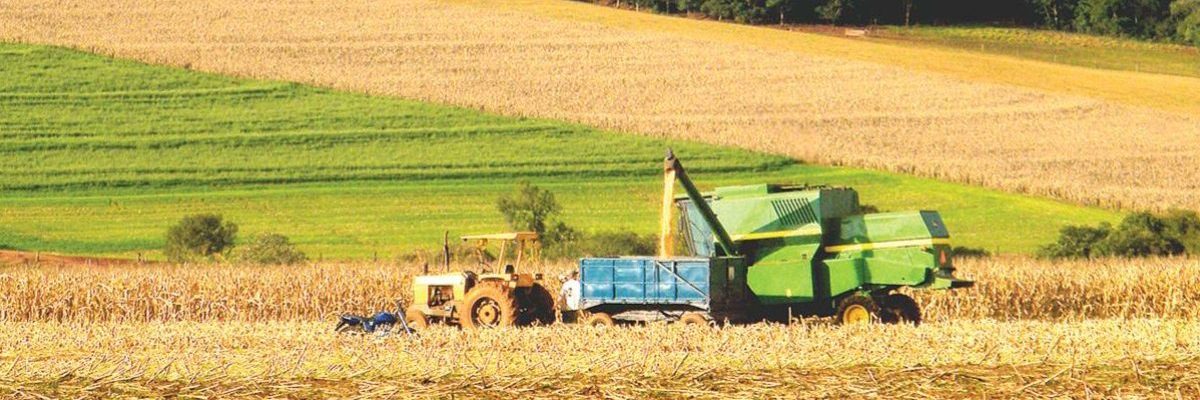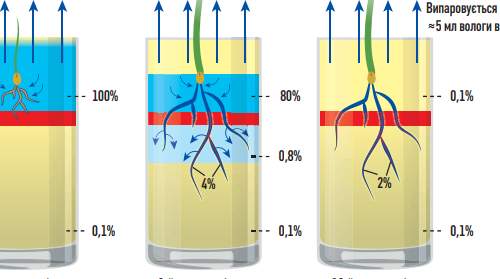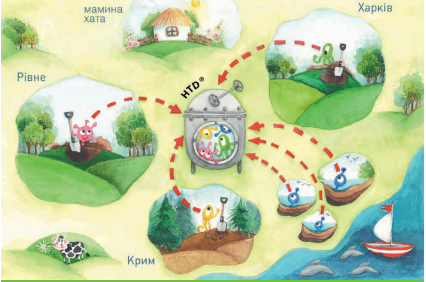- Have any questions? Contact us
- +38 067 742 32 35
- export@biogel.com.ua
Biologization of agrarian production as a true way to organic agriculture

Pesticide load reduction
April 2, 2018
Winter wheat yield
July 4, 2018The ways to organic agriculture are numerous and all of them are risky and require considerable investments. That is why most agrarians find them unrealistic. It is for such agrarians that we recommend a longer but more reliable and economically profitable way aimed at gradually decreasing the amount of chemicals used and replacing them with organic products. Such approach is called biologization of agrarian production.
For example, as numerous experiments have shown, the reduction of the herbicide and fungicide amount by 25-30% combined with simultaneous application of biological products is conducive to 10-15% yield increase. As a result money can be saved and yield gain obtained.
In the experiment carried out at the UTC-Agroproduct company after reducing the fungicide amount by 20% no bacterial diseases were observed, after reducing the herbicide amount by 30% the weeds elimination both in the control and the experiment was not less than 95%. At the same time the inhibition of wheat plants at a lowered rate of herbicide and fungicide was insignificant and almost did not differ from plants before chemical treatment.
There exists a firm conviction that the decrease in soil fertility is causeed by lack of humus. Its restoration is ensured by “correct” crop rotations, by keeping the land fallow, by periodically applying muck.
Undoubtedly these measures require great material costs and a lot of time. But the experts do not take into account the fact that the process of humus formation, or humification, takes hundreds of years, while its loss if no organic fertilizers are applied amounts annually to only 0.2-0.4%. Thus, 10 years of “merciless” soil use brings about just 2-4% loss of its initial humus content. In fact it means that humus reserves are practically inexhaustible and there is no point worrying about their loss.
At the same time it is well known that apart from humus content the soil fertility depends on its physical and biological structure, that is, numerous insects, earthworms and microbiota in the form of bacteria, ray fungi, etc.
Unfortunately the destruction of this natural mictobiota occurs ten times faster, which makes Ukrainian soils dead and unusable. Instead of the “live” loose soil which was used by Cossacks for treating chopped wounds, now we have dead stiff soil which is hard to plow if there is no rain.
Just compare: 1 liter of “live” soil with microbiota holds up to 3.7 liters of moisture, while the same amount of “dead” soil holds only 1.3 liter! But if the soil moisture capacity decreases 2-3 times, it causes plants inhibition and death in case of a 2-3-week rainless period in summer. At the same time, if the soil is “live” with numerous underground corridors made by worms and bacteria it can hold moisture in these cavities ousting the air for more than a month.
Moreover, loose soil promotes gas exchange: it passes oxygen to the plant root system and releases carbon dioxide to the soil surface.
What should be done today to preserve and restore soil fertility? In our opinion, simultaneously with lower chemical load we should restore soil bacterial “portrait”. To ensure this, natural bacteria from “healthy” fertile soils should be transferred to the “dead” ones. It is similar to colon therapy when stomach microflora is taken from a healthy person and transferred to the stomach of a sick one. It does not require much effort or money but the results are impressive.




